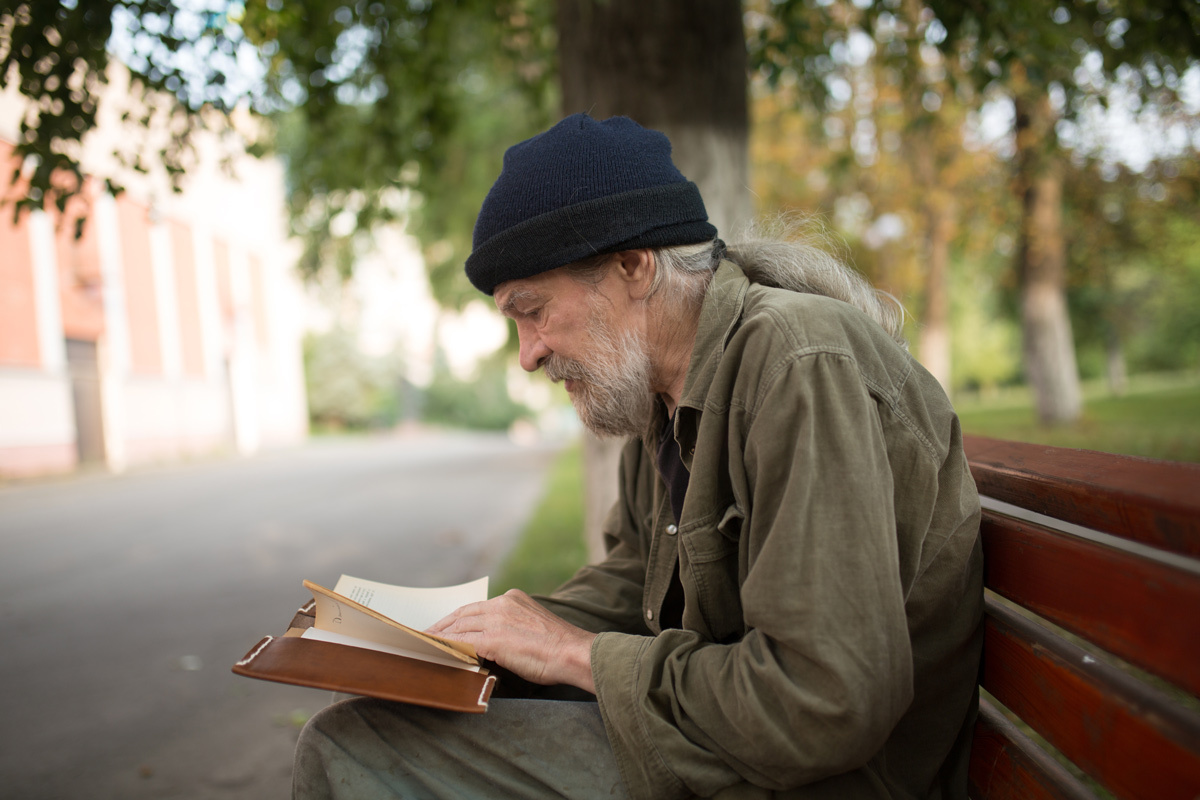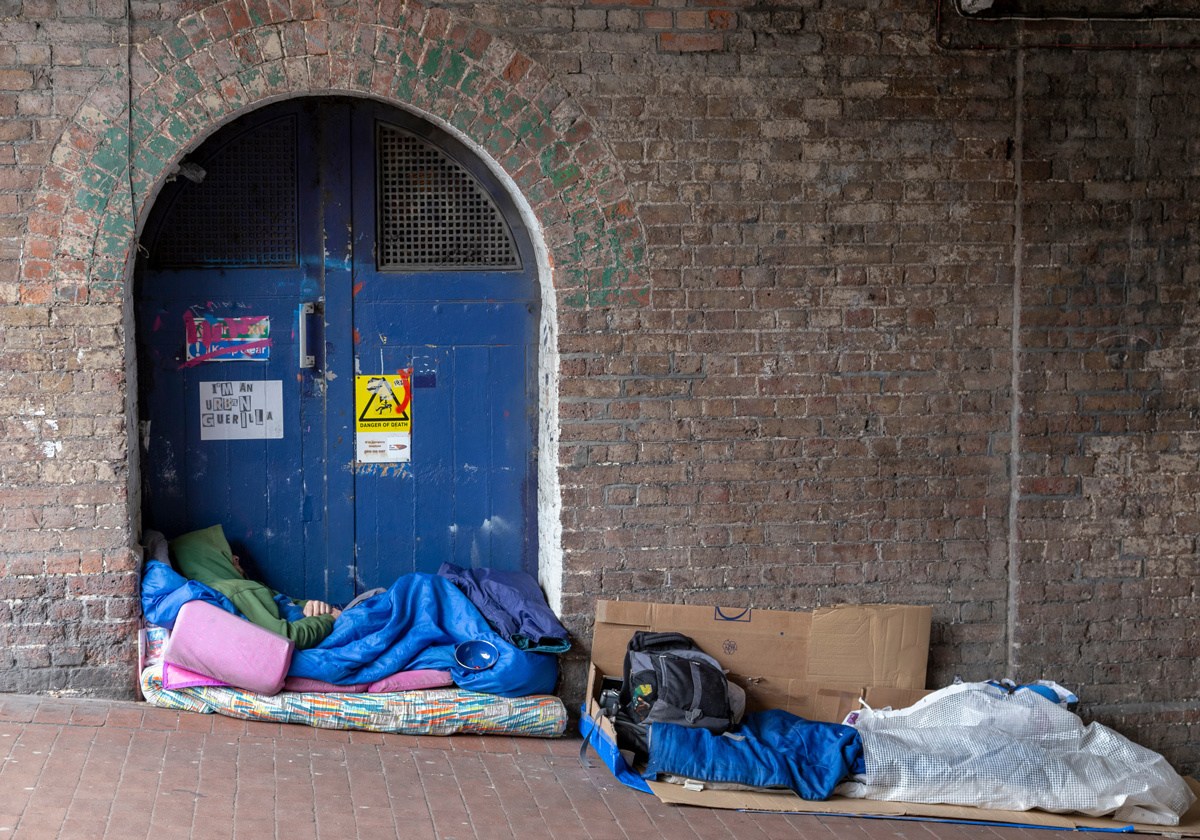Addressing the crisis in crisis accommodation


“I think we absolutely need more [crisis accommodation]. Every time there’s a unit available here, we’ll get an absolute flood of referrals…
It’s a matter of going through a list of all these people that have so much significant trauma and nowhere to go, and we just have to decide who’s the worst off" – Specialist Homelessness Services / Access worker
A new report undertaken for the Australian Housing and Urban Research Institute (AHURI) , highlights the crisis in our crisis support system for people experiencing or at risk of homelessness.
With contributions from three Centre for Social Impact researchers, the report, ‘ Crisis Accommodation in Australia: now and for the future ’, explores what works and what doesn’t work in crisis accommodation.
The research reveals the significant shortage in crisis accommodation across Australia, with 300 people turned away per day in 2021-22 – or 105,000 over 12 months – because of a scarcity in homelessness services.
While data varies across jurisdictions, evidence shows there is a limited supply of crisis accommodation relative to overall homelessness across the country, particularly in regional and remote areas.
According to the Australian Bureau of Statistics, across the country 122,494 people are experiencing homelessness on any given night, and just 24,291 people are supported in crisis accommodation. Across different jurisdictions, this equates to one bed per every 3.5 people experiencing homelessness in Victoria and one bed for every 21.5 people in the Northern Territory.
Of those in Australia experiencing homelessness, only 6.2 per cent are sleeping rough. Most people are instead cycling through crisis accommodation, multi-tenant accommodation, insecure housing, overcrowded dwellings, or couch surfing.
"The waitlist for public housing is eight to ten years regardless of priority level, so basically people access crisis accommodation and when they leave they have nowhere to go…So they return to community, return to that crisis space, whether it’s to a violent situation, or it’s returning to sleeping rough. And they just cycle in and out of that crisis space” – Key sector stakeholder.
What is crisis accommodation and who can access it?
Crisis accommodation refers to housing support designed for individuals facing temporary or persistent mental or physical health challenges. Its primary goal is to relocate people away from potentially harmful environments to foster an opportunity for recovery and progress in a secure and supportive setting.
Crisis accommodation is an established part of the Specialist Homelessness Services (SHS) system in Australia and includes short-term housing such as shelters, family and domestic violence refuges and crisis-supported accommodation services (CSAS).
More than half of people seeking homelessness services are struggling with housing or finances – such as rent affordability – while another 28 per cent cite family or other violence as the main reason for needing help.
Despite the importance of crisis accommodation, information, research and analysis on existing models is both limited and scattered.
Using a mix of literature review, case studies and interviews, the collaborative report by researchers from Swinburne University, Launch Housing, University of South Australia and Flinders University aims to address this knowledge gap with the goal of building more effective crisis accommodation models in Australia.
The scale and scope of the crisis in crisis accommodation
“We found that demand for SHS-managed crisis accommodation is far outstripping supply,” says Deputy Director of the Centre for Social Impact Flinders, Selina Tually, who contributed to the report.
“The worsening housing crisis, coupled with ongoing stressors from the COVID-19 pandemic, means more people are turning to Specialist Homelessness Services, with nearly 40 per cent of clients nationally presenting to services because of immediate need for accommodation, (based on 2020-21 data), and almost one third of those clients turned away, most commonly because there was no accommodation available to cater for them.
“It’s clear that what is being provided doesn’t always meet the specific needs of people seeking accommodation – and there is more we can do to improve our response.”
SHS-provided crisis accommodation is typically concentrated in cities, which means long travel distances or wait times have become barriers to access for those living in regional or remote areas. As a result, many people in need of emergency support are experiencing prolonged periods of homelessness or are forced to resort to purchasing crisis accommodation.
“We’re seeing an over-reliance on purchased crisis accommodation such as staying in motels or caravan parks,” explains Associate Professor Tually.
“Purchased crisis accommodation is often unsuitable and provides little to no additional support services for those experiencing homelessness.”
In NSW fewer than half of the people experiencing homelessness on any given night (35,011) would be able to access SHS crisis accommodation over the course of a year (16,256), compared to around 26,965 households assisted with purchased crisis accommodation in that same year.
“The situation is pretty dire. We need to look at the crisis system closely and work out exactly what role crisis accommodation should serve and the outcomes it should deliver for people who fall through our safety nets to crisis services.”
Just as important as accessing crisis accommodation are the exit pathways out. The main exit options from crisis accommodation are social housing, private rental housing and (to a lesser degree) permanent supportive housing, all of which are in critically short supply.
“It’s a vicious cycle,” says Associate Professor Tually. “The worsening housing crisis funnels more people into crisis accommodation, but with few affordable, long-term housing solutions and a tightening rental market, we’re seeing a bottleneck of people remaining in short-term housing solutions for months, sometimes even years.”
“There is also clear need for longer-term planning, with a focus on finding permanent housing that meets people’s needs, as well as the support they require to sustain their housing. That support needs to be about social connections and feeling part of place, as well as meeting people’s health needs for example. Of course, such planning is hard to do in a system where we don’t have the supply of housing we need, and especially the supply of diverse housing types, in the locations where people want to live.”
Pathways for a safer and smarter response to crisis accommodation
The researchers evaluated the current crisis accommodation models in Australia with a view to addressing the problems in supply and demand and better meeting the needs of various social cohorts, such as First Nations people, young people, and women and children.
Homelessness disproportionately impacts Aboriginal and Torres Strait Islander people, who account for one in five people experiencing homelessness in Australia, while one in seven are children under 12 and 23 per cent are aged 12 to 24.
“This research takes a much-needed step to providing a clear picture on what does and doesn’t work in Australia’s current crisis accommodation models,” explains Director of CSI Flinders Professor Ian Goodwin-Smith, who also contributed to the report.
“We found that having staff with lived experience and/or a shared cultural identity, offering flexible and self-contained accommodation with the option for pets, and providing support towards long-term solutions are all crucial for creating effective crisis accommodation models.”
The report makes a number of recommendations for policy development, in addition to the need to expand crisis accommodation services to meet the significant demand, including:
- Developing minimum quality and safety standards for crisis accommodation
- Broadening the range of service offerings provided to meet the scope of clients’ needs
- Developing a basic set of rules and policies for crisis accommodation services to ensure the safety and comfort of clients, including consideration of a ceiling for co-contributions to ensure affordability, as well as coordinated allocation and entry processes
- Enhancing integration of primary and allied health services such as mental health support with crisis accommodation
- Consideration of mandatory reporting requirements on crisis accommodation for states and territories, to provide a clear picture of the capacity of the SHS managed crisis accommodation sector
- Consideration of interim and long-term measures to address the lack of suitable exit options for people experiencing homelessness
“It’s clear that the current situation calls for more high-quality and comprehensive crisis accommodation for all those who need it,” says Associate Professor Tually.
“This work highlights the urgent need for policy makers to ensure more long-term housing solutions are available that meet people’s housing and support needs and their aspirations for stability, wellbeing and inclusion. To achieve these ends we need to constantly reflect on what we are trying to achieve in a services system, to regularly revisit models and incorporate our learnings. Importantly we need to focus on addressing the root causes of homelessness in Australia; a key one of which is quite simply poverty.”
Homelessness Key Facts
- On any given night, 122,494 people in Australia are experiencing homelessness (ABS Census 2021). Only 6.2 per cent of people without a home are sleeping rough
- 24,291 people in Australia were in SHS on any given night and 86,554 were accommodated over the course a year
- 272,700 people were supported by homelessness services in 2021-22. A further 105,000 were turned away because of shortages. That equates to 300 people a day turned away because services are overstretched (AIHW 2022)
- In NSW and South Australia, where data is available, proportionally more people access purchased crisis accommodation than SHS managed crisis accommodation
- Of those seeking homelessness services, 52 per cent are struggling with housing or finances, 28 per cent are suffering family or other violence; 5 per cent cite other family relationship issues
- 1 in 5 are Aboriginal or Torres Strait Islander people, 1 in 7 are children under 12, and 23 per cent are aged between 12 and 24


